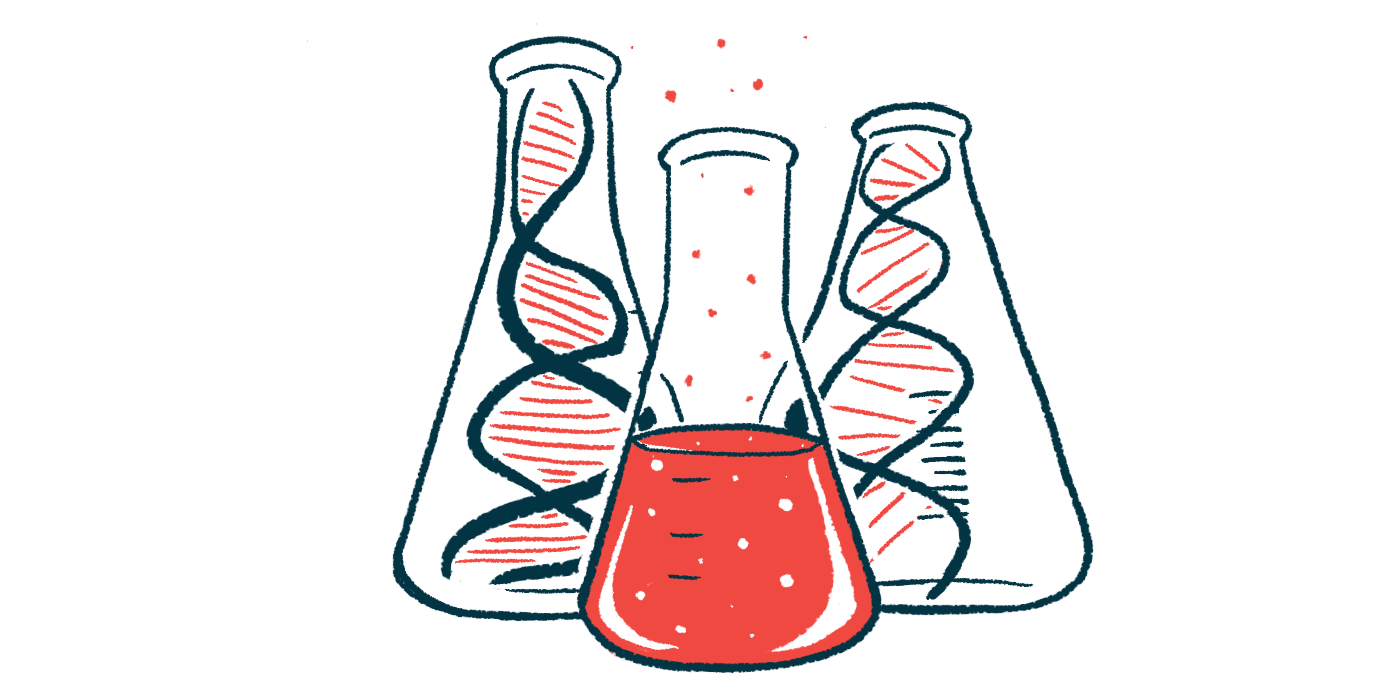Kaftrio, Symkevi may be effective for CF patients with rare mutations
Treatments found to improve lung function, ease sweat chloride levels
Written by |

Kaftrio and Symkevi — marketed in the U.S. as Trikafta and Symdeko, respectively — may be effective in treating people with cystic fibrosis (CF) caused by rare mutations, according to a new study from the U.K.
Both treatments were found to improve lung function and to ease sweat chloride levels in patients with such mutations in the CFTR gene.
“This study is one of the first to show the potentially important clinical benefits of CFTR [modulators in people with CF] with a wide range of rare mutations,” the researchers wrote.
“Although this was an adult study, it also has important implications for children with rare mutations, as the benefits of CFTR [modulators] are highly likely to extend to all age groups,” the team added.
The study, titled “The effectiveness of CFTR modulators in people with CF and rare mutations: A real-world study,” was published in the journal Pediatric Pulmonology.
27 patients with 24 rare mutations take part in study
In CF, mutations in the CFTR gene result in no or faulty production of the protein of the same name. Normally, the CFTR protein regulates the movement of chloride ions in and out of cells.
CFTR defects lead to the accumulation of abnormally thick and sticky mucus in several organs, particularly the lungs and digestive tract, which leads to most disease symptoms.
A class of medications known as CFTR modulators are designed to address the underlying cause of the genetic disorder in people with specific CF-causing mutations. The efficacy of these treatments is well established, with reports showing that Kaftrio — a combination of elexacaftor, tezacaftor, and ivacaftor — significantly improves lung function in patients with at least one copy of F508del, the most common mutation in CFTR.
Studies in vitro, or in the lab, have suggested that CF-causing rare mutations also may respond to treatment with CFTR modulators. This has led to label expansions for certain medications in some countries.
“Despite these advances, for [approximately] 10% [of patients] with rare … mutations the clinical effectiveness of CFTR [modulators] is unknown,” the researchers wrote.
To find out more, a team in the U.K. analyzed the effects of treatment with Kafrio or Symkevi — a combination of tezacaftor and ivacaftor — on CF patients with rare mutations. The treatments are not approved for these patients by the European Medicines Agency, the regulatory body in Europe, but they were made available via an extended access program in the U.K.
A total of 27 patients took part in the study. They had a total of 25 different mutations, but not F508del, gating mutations, or the R117H mutation. Gating mutations are those that cause CFTR to become stuck closed, so it cannot function, while R117H disrupts the structure of the channel.
All of the participants started treatment with CFTR modulators between 2018 and 2021.
Overall, 18 patients started on Symkevi and nine on Kaftrio. The patients taking Symkevi had a mean age of 45, and were mainly women, while those on Kaftrio had a mean age of 37, and two-thirds were women.
In the Symkevi group, slightly more than half of the patients were infected Pseudomonas aeruginosa, and eight had pancreatic insufficiency — a common CF symptom in which the pancreas does not release enough of certain enzymes needed for digestion.
In the Kaftrio group, seven were infected with P. aeruginosa, and three had pancreatic insufficiency.
The most common mutations found in the Symkevi group were 849+10kbC>T, 2789+5G>A (14.7%), and D1152H; in the Kaftrio group, they were G85E and I502T, followed by five different rare mutations with equal prevalence.
Improvements still seen after 6 months of treatment
In both groups, treatment improved lung function, assessed by a measure called percentage predicted forced expiratory volume in one second (ppFEV1) — the amount of air one can forcibly exhale in one second.
Specifically, Symkevi significantly increased mean ppFEV1 by 4.39 from baseline, or the study’s start, within one month. Meanwhile, the increase in the Kaftrio group was 9.26. These improvements remained stable in both groups at six months.
Moreover, treatment significantly decreased the levels of chloride in the patients’ sweat, by a mean of 17.6 millimole (mmol)/L in those treated with Symkevi, and 36.5 mmol/L in individuals receiving Kaftrio.
There is now an urgent need to complete prospective multicenter studies to confirm these results so the benefit of CFTR [modulators] can be extended to even more [people with CF].
Body mass index — a ratio of body weight and height — increased (improved) significantly.
The need for intravenous or into-the-vein antibiotics was reduced significantly, from eight to zero days per year in patients on Symkevi. Similar effects occurred with Kaftrio, although they were not statistically significant.
Given the potential benefits seen in this study, researchers called for more and larger investigations — specifically prospective studies that collect data over time — into CFTR modulators for patients with rare mutations.
“There is now an urgent need to complete prospective multicenter studies to confirm these results so the benefit of CFTR [modulators] can be extended to even more [people with CF],” they concluded.








